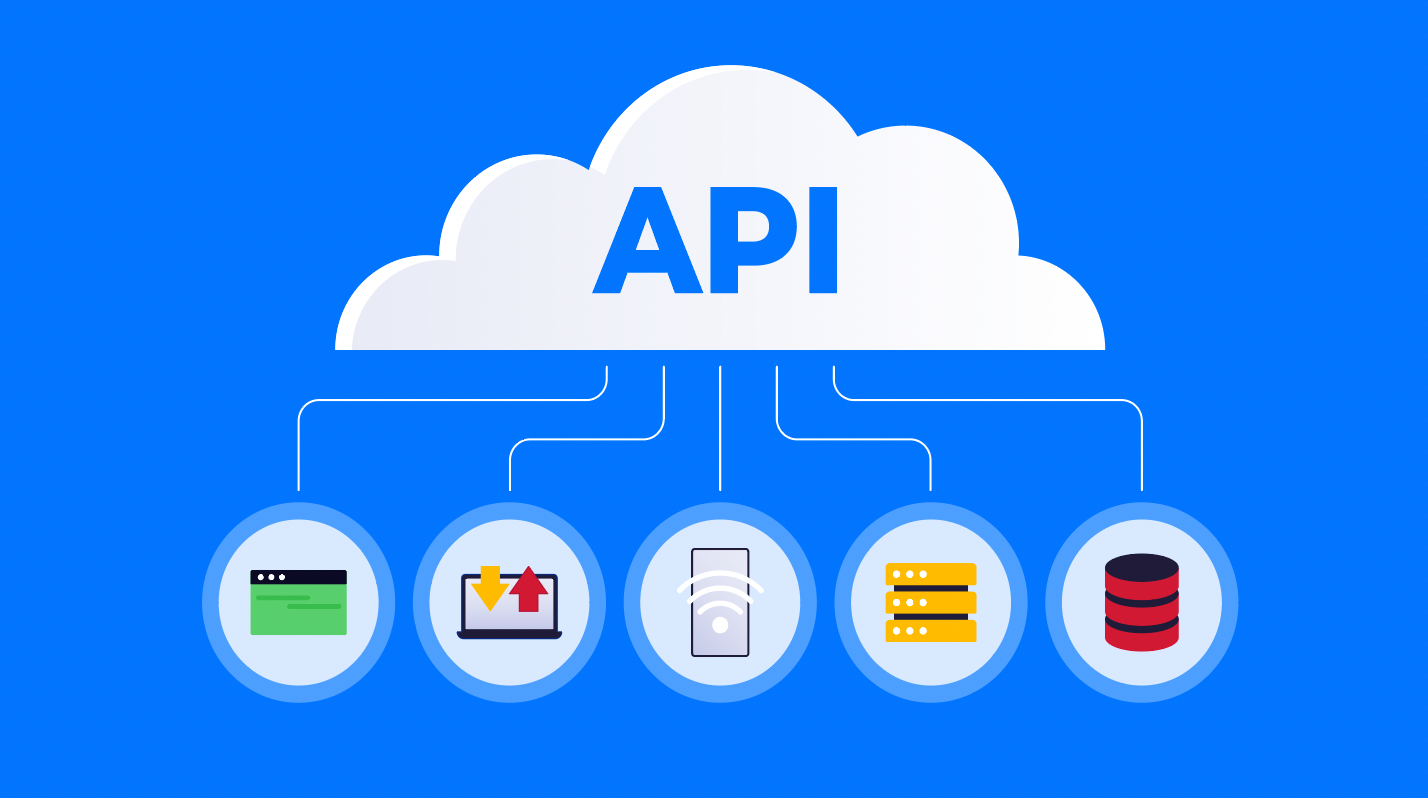Building API as a Service: Simplifying Development and Integration
 Sanusi Mubaraq
Sanusi Mubaraq
Introduction
In the world of modern software development, APIs (Application Programming Interfaces) play a pivotal role in enabling seamless communication and integration between different software systems. However, developing and managing APIs can be a complex and resource-intensive task. This is where the concept of "API as a Service" comes into play. In this article, we'll delve into the concept of building API as a Service, its benefits, and the steps involved in creating one.
Enabling Merchant-Centric API Services
API-as-a-Service, in the context of merchant-oriented solutions, revolves around providing a platform through which merchants can access and integrate specific functionalities into their products, applications, or services. This model simplifies the process by abstracting the technical complexities and allowing merchants to focus on enhancing their products with specialised features.
Benefits of API as a Service
Streamlined Integration Process: Merchants can seamlessly integrate services into their products by following the clear and concise documentation provided by the API-as-a-Service platform. This eliminates the need for extensive technical knowledge and reduces integration timelines.
Faster Time-to-Market: With pre-built services and well-documented APIs, merchants can accelerate the development cycle of their products. They can quickly leverage the functionalities offered by the platform without spending significant time on development from scratch.
Customisation Without Complexity: The platform's modular approach allows merchants to tailor services to their specific requirements. They can customise functionalities without the burden of complex coding, enabling them to create unique offerings for their customers.
Cost Efficiency: By subscribing to a range of services provided by the API-as-a-Service platform, merchants can avoid the expenses associated with building, maintaining, and supporting these services in-house. This cost-efficient model aligns with their budgets and business strategies.
Enhanced Product Offerings: Merchants can augment their products with advanced features and functionalities that would otherwise be resource-intensive to develop. This enhances their product offerings and helps them stand out in competitive markets.
Rapid Experimentation and Innovation: The agility offered by the platform allows merchants to experiment with different services and integrations. This fosters innovation as they can quickly iterate, test, and implement new ideas to cater to changing market demands.
Scalability and Reliability: The API-as-a-Service platform is built to scale, ensuring that merchants' products can handle increasing user demand without performance bottlenecks. This scalability enhances the reliability and availability of integrated services.
Efficient Management of API Keys: Merchants can manage their API keys through a centralised dashboard, simplifying the process of authenticating and authorising their requests. This enhances security by allowing merchants to revoke keys when necessary.
Access to Analytics and Insights: The platform's monitoring and analytics tools provide valuable insights into service usage, performance trends, and user behaviour. Merchants can leverage this data to make informed decisions and optimise their offerings.
Collaboration and Ecosystem Building: The platform creates a collaborative environment where merchants can share insights, best practices, and integrations with other developers. This fosters a community-driven approach to solving challenges and driving continuous improvement.
Building Merchant-centric API as a Service: Steps Involved
User Management and Authentication: The platform must support merchant onboarding, account creation, and management. Each merchant should be assigned a unique API key for authentication, ensuring secure access to the services they subscribe to.
Developer Documentation: Clear and comprehensive documentation is essential. It should include detailed descriptions of available APIs, endpoints, request/response structures, and examples. Merchants need this documentation to seamlessly integrate the APIs into their products.
API Key Management: A robust system for generating, storing, and revoking API keys is crucial. Merchants should have the ability to manage their API keys, which are used to authenticate and authorise their requests.
Service Customisation: The API-as-a-Service platform should offer a range of services that merchants can choose from. These services should be modular, allowing merchants to select and customise the functionalities they want to integrate.
Subscription Plans and Billing: Provide various subscription plans that align with different merchant needs. The platform should handle billing and payments, ensuring that merchants have uninterrupted access to the selected services.
API Analytics and Monitoring: Detailed analytics and monitoring tools enable merchants to track the usage and performance of the integrated services. This information helps them make informed decisions about service optimisation.
Testing and Security: Rigorously test the platform for security vulnerabilities, scalability, and reliability. Implement encryption, secure communication protocols, and access controls to safeguard merchant data and API interactions.
Conclusion
Building an API-as-a-Service platform tailored for merchants' needs is a strategic move towards facilitating innovation and seamless integrations. By focusing on user-friendly authentication, comprehensive documentation, customisation options, and efficient subscription management, this platform empowers merchants to harness the power of APIs to enhance their products and services. As the technology landscape continues to evolve, creating a developer-centric ecosystem through API-as-a-Service can drive growth, differentiation, and value for merchants and their customers alike.
Subscribe to my newsletter
Read articles from Sanusi Mubaraq directly inside your inbox. Subscribe to the newsletter, and don't miss out.
Written by

Sanusi Mubaraq
Sanusi Mubaraq
I am an engineer with an innate love for writing code to solve complex problems